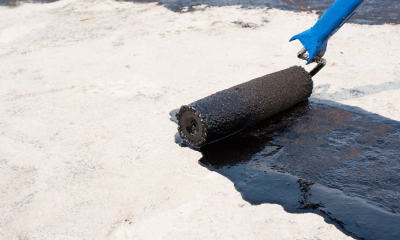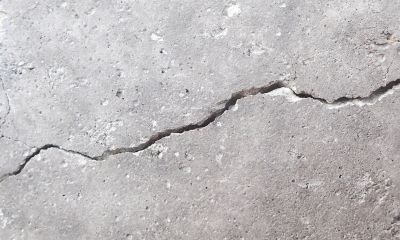If you’re working to rebuild damaged structures like buildings, tunnels, and reservoirs – you may be considering sprayed concrete repairs as a solution. Due to its efficiency, affordability and how versatile it is as a product, sprayed concrete is now the binding of choice over traditional applications like poured and hand applied concrete. But which type of sprayed concrete should you pick – wet or dry?
Do you need sprayed concrete repairs?
Though sprayed concrete repairs are the most common application of both wet and dry sprayed concrete, it isn’t the sole purpose. Sprayed concrete, also known as shotcrete and gunite, is used as:
1. Fire protection, particularly on underground structures near a water source like tunnels, pools, and beside canals;
2. A product which allows you to form complex shapes within structures;
3. A quicker alternative to using poured or hand-applied concrete, if, for example – you are using sprayed concrete on a very large structure;
4. An easier solution for those repairing damaged buildings at height, or which contain damages that are tough to reach.
If you’d like to know more about the uses of sprayed concrete, visit the Sprayed Concrete Association website for accurate, up-to-date information: https://sca.org.uk/.
What is the difference between wet and dry sprayed concrete?
Wet sprayed concrete (known as shotcrete) and dry sprayed concrete (also called gunite), are like-for-like when it comes to usage benefits. Both types of concrete reap the following benefits:
• They’re efficient;
• Cost-effective;
• Versatile;
• Durable and can withstand weathering;
• Opens up the possibility of more complex concrete repairs jobs – for example, if your office building is of significant height or is an awkward shape, you’re more likely to find a specialist to complete the job by using sprayed concrete.
The main difference between the two is that wet sprayed concrete generates less waste during application, and enables larger volumes of concrete to be sprayed in less time. If you’ve got a large repair job to sort and you’re eager to get it done at an affordable rate, wet sprayed concrete may be recommended to you by your concrete repairs specialist.
Are there alternatives to sprayed concrete repairs?
As previously touched upon, the most popular alternatives to sprayed concrete repairs are poured concrete and hand-applied concrete. However, if your repair job is particularly large or hard to reach, these traditional methods may not be available to you (or, at least – to the budget and timescale you have in mind).
What type of sprayed concrete repairs do I need?
When you outsource a concrete repairs specialist like CRSW, they will advise you on the type of sprayed concrete you need to use. Before we begin a sprayed concrete repairs job, we will carry out survey and testing which will give us all the information we need to prescribe the best method. To find out more about sprayed concrete repairs methods, surveys, prices, and more – get in touch with our friendly team at CRSW today.




